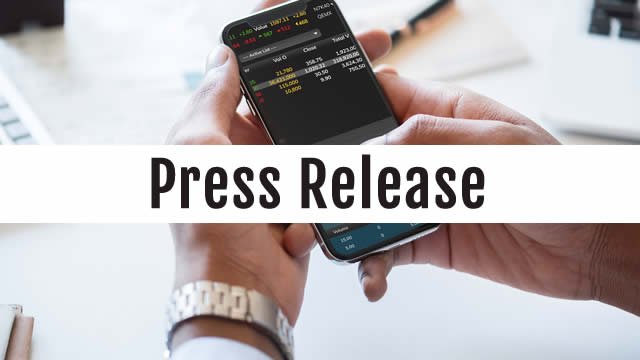Exciting Developments in Brain Tumor Therapeutics: Dordaviprone and H3 K27M Mutant High-Grade Gliomas
The biopharmaceutical industry is witnessing significant advancements in the field of brain tumor therapeutics. One such company, making waves in this domain, is poised to potentially secure the first approval for the use of dordaviprone in treating recurrent H3 K27M mutant high-grade glioma patients. This milestone is noteworthy, as these types of gliomas are notoriously challenging to treat, with limited therapeutic options available.
FDA Priority Review and PDUFA Date
The U.S. Food and Drug Administration (FDA) has granted Priority Review status to this application, indicating the potential to significantly impact patient care. The Prescription Drug User Fee Act (PDUFA) target action date is August 18, 2025. This means that the FDA will make a decision on the approval of dordaviprone for this indication within this timeframe.
Global Market Growth and Company Revenues
The global market for brain tumor therapeutics is expected to expand at a compound annual growth rate (CAGR) of 5.6% from 2021 to 2030, reaching a value of $5.28 billion. The Company, in its recent financial reports, has indicated that it could potentially generate revenues exceeding $1 billion in the United States alone from dordaviprone sales. This underscores the significant commercial potential of this treatment.
Phase 3 ACTION Study and Interim OS Data
A Phase 3 clinical trial, named ACTION, is currently underway to evaluate the efficacy and safety of dordaviprone as a front-line treatment for H3 K27M mutant high-grade glioma patients. Interim data from this study, which focuses on overall survival (OS), is anticipated to be released in the third quarter of 2025. These results will provide valuable insights into the clinical utility of dordaviprone and its potential impact on the lives of patients.
Personal Implications
For individuals diagnosed with H3 K27M mutant high-grade gliomas, the potential approval of dordaviprone represents a promising development. This treatment could offer a new therapeutic option for these patients, providing hope for improved outcomes and a better quality of life. It is essential for patients to continue monitoring clinical trial progress and discussing treatment options with their healthcare providers.
Global Impact
The approval of dordaviprone for the treatment of H3 K27M mutant high-grade gliomas would have a profound impact on the global healthcare landscape. With limited options currently available for these patients, the introduction of an effective and potentially well-tolerated treatment could significantly improve patient care and outcomes. Furthermore, the commercial success of dordaviprone could drive further investment in brain tumor therapeutics research and development.
Conclusion
The potential approval of dordaviprone for the treatment of recurrent H3 K27M mutant high-grade glioma patients represents a significant milestone in the field of brain tumor therapeutics. With a PDUFA date set for August 18, 2025, the global brain tumor therapeutics market poised for growth, and interim data from the Phase 3 ACTION study expected in Q3 of 2025, the future of this treatment looks bright. For patients and their families, this development offers hope for improved outcomes and a better quality of life. For the global healthcare community, it represents an opportunity to make a meaningful impact on the lives of those affected by these challenging-to-treat brain tumors.
- Company poised for first approval of dordaviprone for recurrent H3 K27M mutant high-grade glioma patients
- FDA grants Priority Review status, PDUFA date set for August 18, 2025
- Global brain tumor therapeutics market expected to reach $5.28 billion by 2030
- Phase 3 ACTION study to evaluate dordaviprone as front-line treatment for H3 K27M mutant high-grade glioma patients
- Interim data readout in Q3 of 2025
- Personal and global implications of dordaviprone’s potential approval





